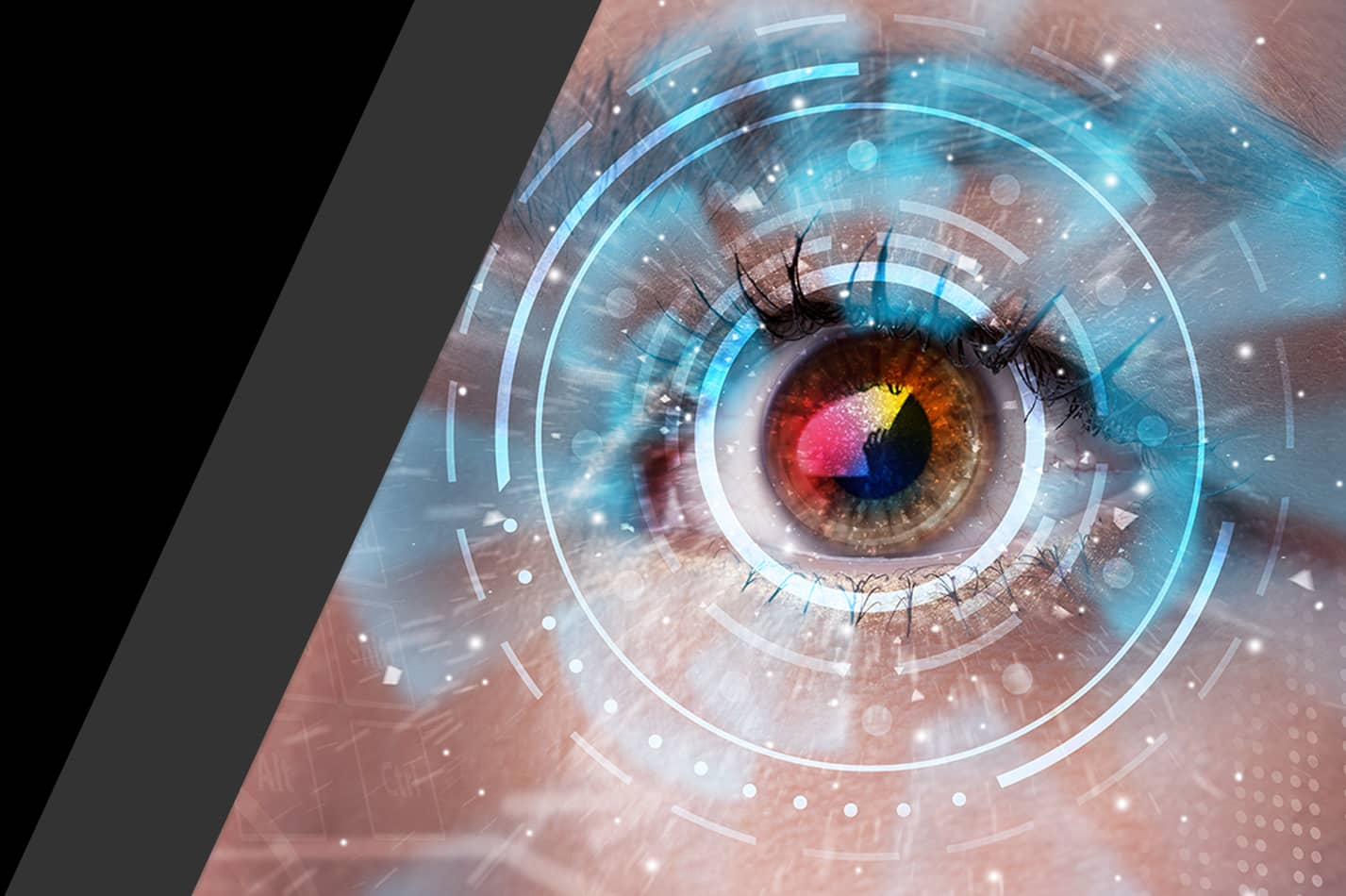A cataract occurs when protein clouds the eye’s natural lens. When these proteins cover the lens, it becomes harder and harder to see clearly.
One of the most common symptoms of cataracts is foggy or distorted vision. It may feel like you’re looking through a fogged-up window, and you may notice it becomes increasingly difficult to see while you read or drive a car, especially at night. The cataract minimizes the amount of light that can reach the retina of your eye. If cataracts remain untreated, your vision loss will worsen and can ultimately result in blindness.
Our experienced surgeons can remove your cataracts and replace them with fully-functional, modern intraocular lenses. You may experience several symptoms from cataracts, which can include:






It is important to have an experienced eye doctor examine your eyes to determine if you have cataracts and discuss your best treatment options.
You may be more likely to develop cataracts if you have any of the following risk factors, including:
If these risk factors sound familiar, you may develop cataracts at an earlier age. Developing cataracts is often an inevitable part of the aging process, but by leading a healthy lifestyle, you may be able to delay their development.
take our cataract self-testIt is crucial to have an experienced eye doctor examine your eyes to determine if you have cataracts. If you do have cataracts, your ophthalmologist will determine how severe your cataract is and if you need to have cataract surgery.
A cataract occurs when protein clouds your eye’s natural lens, causing your vision to become blurry. It may feel like you are looking through a cloudy or dirty window. Cataracts occur as part of the normal aging process. As they progress, they can interfere with many of your daily activities, including reading, watching television, or even doing everyday chores like laundry. Our experienced cataract surgeons can accurately diagnose and treat patients with cataracts, restoring their vision by removing the clouded natural lens and replacing it with an advanced technology lens implant. These kinds of lens implants are the most modern and state-of-the-art available. If you want the best when it comes to phones, tablets, and even your cars, why wouldn’t you choose the same for a lens implant?
Cataracts will not go away on their own but may be managed initially with stronger lighting and eyeglasses. Most people with cataracts will eventually need to have cataract surgery to restore their clear vision. It is essential to have a professional cataract evaluation to help you decide if surgery is right for you. Our experienced physicians will explain the process of cataract removal and the insertion of a lens implant.
We offer several choices of state-of-the-art implants that can restore your near, far, and intermediate distance vision. The good news is that cataract surgery is common, safe, and effective. After the procedure, you’ll finally have the crisp, clear, and beautiful vision you’ve always wanted, and most importantly, it’s yours for the rest of your life. These modern lens implants never age, no matter what.
schedule an appointment frequently asked questionsOur patients have the choice between traditional cataract surgery – where the surgeon uses a scalpel to make a small incision to remove the cataract – or laser cataract surgery – where the surgeon uses a femtosecond laser to perform the procedure.
In traditional cataract surgery, once the surgeon creates the small incision in your cornea, they will use a probe to create sound waves, known as ultrasound, to break up the cloudy lens. Your surgeon then suctions out the broken pieces of the lens and replaces them with the new intraocular lens. During this procedure, the incision is closed with a liquid seal, and stitches are usually not needed.
In laser cataract surgery, a device is placed over your eye to map its surface and gather information about your lens. That information is sent to the computer that programs the laser. The information includes the location and size of your lens and the depth of incisions.
Then, the surgeon uses the laser to make the corneal incision. An ultrasound probe breaks the cloudy lens into pieces which it suctions out. After suctioning out the pieces of the natural lens, the intraocular lens takes its place and gets inserted. Laser cataract surgery also usually does not require stitches.
If you want to undergo a procedure that’s making the most of modern technology, look no further than laser cataract surgery. Technology is ever changing and evolving, and laser cataract surgery uses both computer imaging and the best surgeons to ensure patients get the best results possible.
Laser cataract surgery is not typically covered by insurance. Talk to your ophthalmologist about which form of cataract surgery is best for you.
Please contact our selected eye care practices to find out about cataract surgery financing plans available to you.
learn more about our laser technologyFind out once and for all by scheduling your cataract screening today. Evolve how you see by choosing an advanced technology lens during cataract surgery!
take our cataract self-test
Our online scheduling portal is undergoing maintenance. We apologize for the inconvenience. Please call our office at 301.215.7100 to schedule an appointment. We look forward to seeing you as a patient!